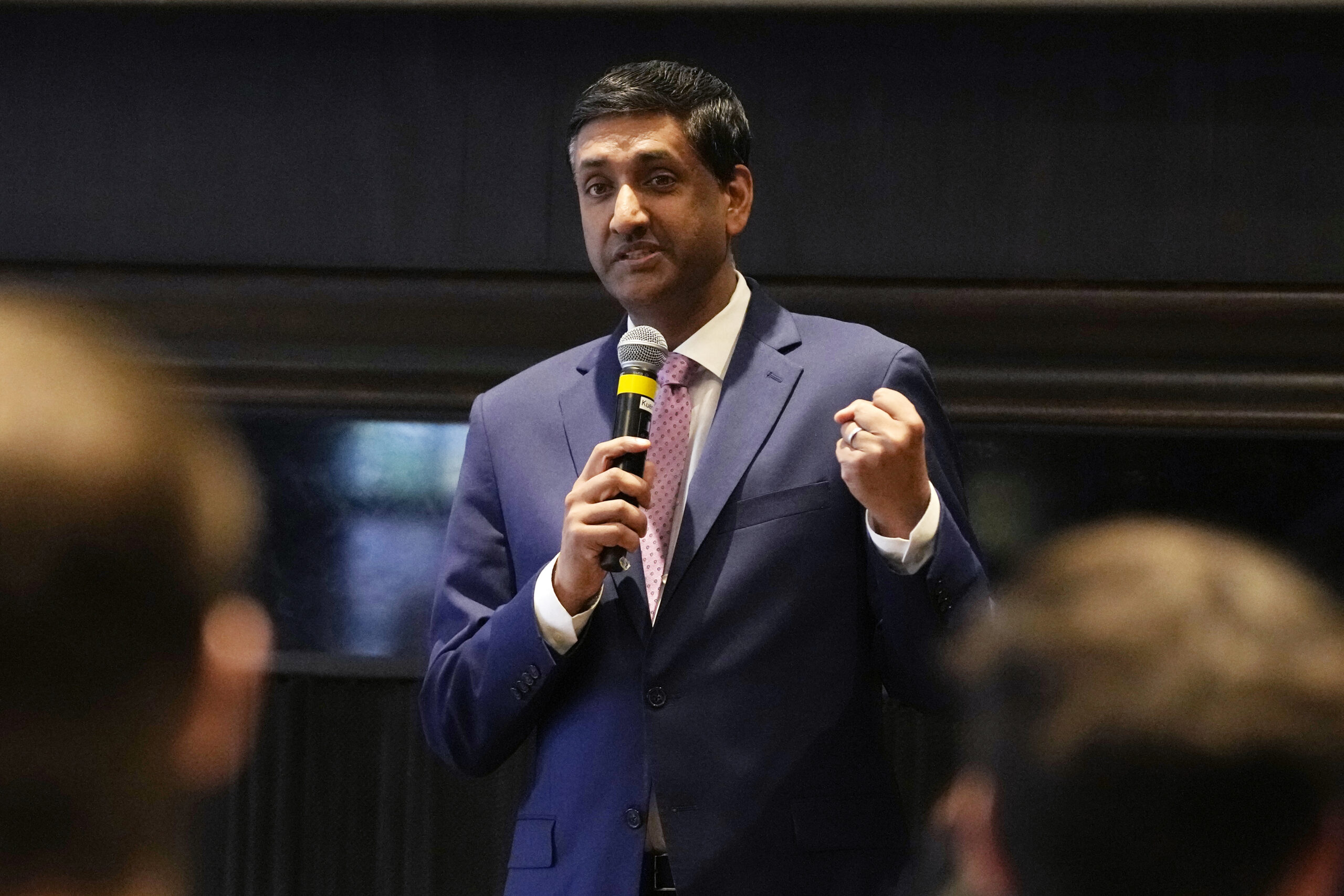
The “equal pay” debate has once again been dredged up regarding women’s basketball, and, once again, the people pushing their “sexism” talking points are unaware of how sports leagues operate.
Rep. Ro Khanna (D-CA) was among those arguing that college superstar Caitlin Clark’s rookie salary is proof that WNBA players deserve equal pay to their NBA counterparts. Her four-year contract will pay her just under $340,000, while the first pick in the NBA draft last year earned just over $10 million in the first year of his deal alone.
“One doesn’t need to watch WNBA games to speak about pay fairness,” Khanna wrote in a post. “Clark will bring new fans and likely juice WNBA ratings. She should be compensated for the expected ratings increase she will bring. NBA players like [Larry] Bird, [Michael] Jordan, [Magic] Johnson did the same. Isn’t this basic economics?”
No, it’s not, especially when it comes to sports leagues. The reality is that the WNBA does not know what effect Clark will really have on ratings and that, even if it did, the league already has broadcast deals in place that would end up being renegotiated for more money if the league’s popularity takes off. And Michael Jordan, for example, was not given a lavish contract coming out of college. Jordan’s rookie contract came out to $6.3 million over seven years. Sam Bowie, selected one pick before Jordan, signed for about $5 million over six years.
The WNBA can’t give Clark a lavish multimillion-dollar contract in part because the league’s salary cap and rookie wage scale are negotiated by the league’s player union, as my colleague Conn Carroll emphasized. But, moreover, the league can’t give Clark and other WNBA players massive contracts because the league does not make that kind of money. The WNBA makes about $60 million in revenue, compared to the NBA’s $10 billion. That $60 million in revenue is before you factor in expenses; the WNBA’s 12 teams already combine to spend nearly $15 million on their current rosters. When it comes to equal pay, that is enough to cover the average NBA contract of 1 1/2 players.
CLICK HERE TO READ MORE FROM THE WASHINGTON EXAMINER
Now you have to find enough money for the other 142 1/2 or so players in the WNBA.
If you want WNBA players to be paid more, the solution is to watch games on TV, which Khanna seemingly admitted he doesn’t even do, buy tickets, and buy merchandise. Otherwise, Khanna and others are asking WNBA teams and the league to bankrupt themselves based on the possibility that maybe one day it will be as popular as the NBA, which will likely never happen.
Discover more from reviewer4you.com
Subscribe to get the latest posts to your email.





